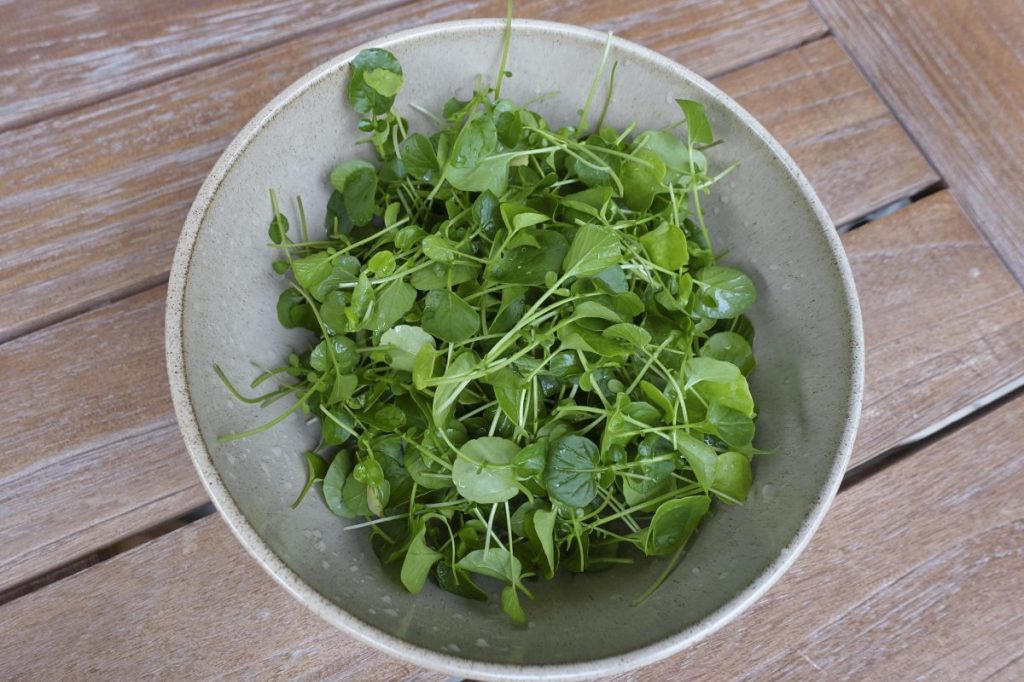The short answer is no, dogs can’t eat watercress as it causes significant digestive issues for dogs. That being said, watercress isn’t considered highly toxic, or at least, it doesn’t contain any toxic properties that are easily pointed to. It simply does not jive with a dog’s digestive process.
Your veterinarian will know all about watercress, so to get the real and factual run-down, you must seek out your vet’s guidance. In the meantime, here is what you should know about why watercress isn’t good for dogs.
Why is watercress bad for dogs?
Watercress, also known as Nasturtium officinale, is native to Europe and Asia but is found all over the United States and Canada. Some food manufacturers, and even dog food manufacturers, will use an extract from watercress as a flavor enhancer. But it’s really just trace amounts.
The ASPCA classifies watercress as mildly toxic to dogs. This is because watercress, in any significant amount, even just a small clump of the leaves, causes significant gastrointestinal upset in dogs and most other animals.
Furthermore, other hazards make it exceptionally dangerous, especially when found by your dog in the wild. This kind of watercress is often contaminated with liver fluke parasites, bacteria, and harmful toxins, all of which can lead to infections and heavy metal poisoning in dogs.
This is due to the fact that watercress is an aquatic plant. Most of us dog parents know that water-based bacteria and toxins can be some of the worst. Unfortunately, watercress absorbs these and is, therefore, unsuitable for our dogs.
What should I do if my dog eats watercress?
Nasturtium officinale poisoning is a serious matter and should be dealt with promptly. The danger your dog is in will vary depending on whether they got into some watercress at home or watercress in the wild. But there is still enough danger in either case for you to seek out veterinarian care immediately.
If you live in an area surrounded by water of any kind, be sure to do your research on the plant life growing within those bodies of water. There are many dangers to be aware of, such as blue-green algae which can be fatal for dogs.
Should those bodies of water contain watercress or water hemlock, also toxic to dogs, be sure to keep them from playing in these areas. Sometimes dogs can ingest particles of watercress from simply swimming below the surface of the water.
If your dog experiences nausea, vomiting, or diarrhea after playing in the water or after getting into watercress at home, seek veterinary care. Dogs with weakened immune systems have an especially high risk of kidney and thyroid damage.
Be mindful of your surroundings. If you use watercress for cooking at home, keep it away from your pup’s reach, and don’t share foods that contain this plant.









